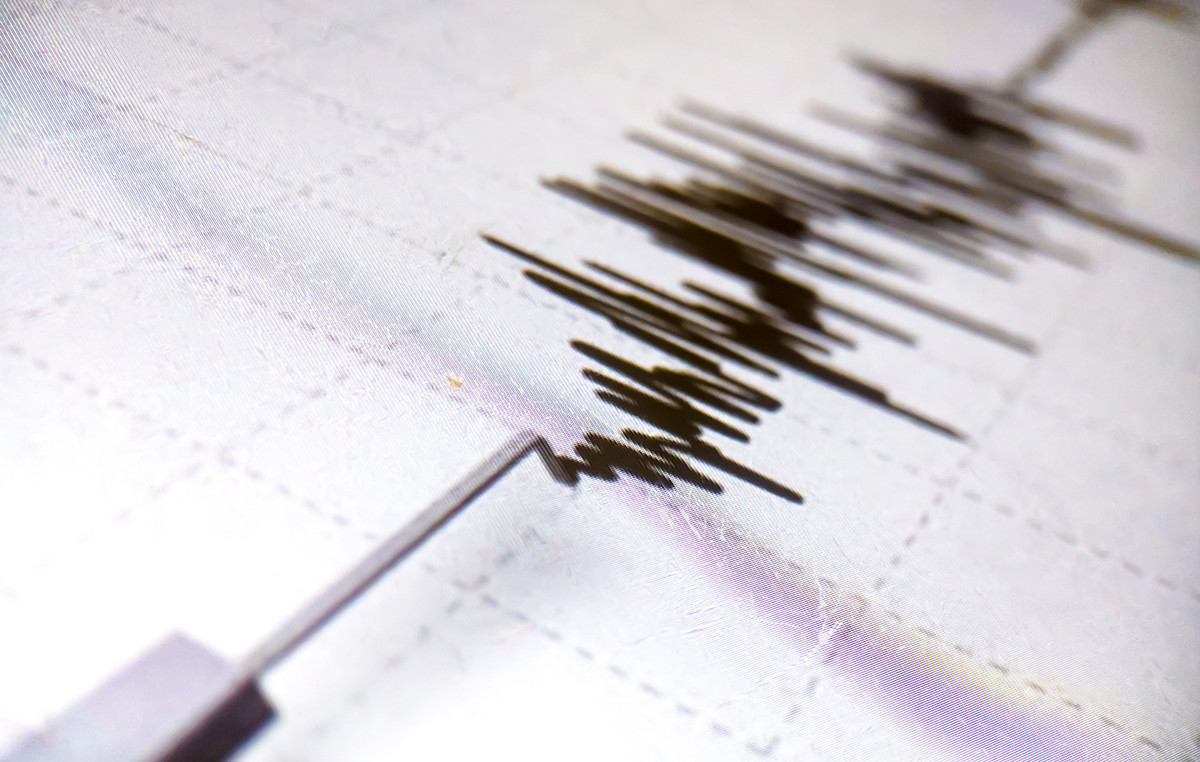According to the Climate Observatory, the inventory of carbon remissions (capture or sequestration) released by the Brazilian government follows a methodology that presents distortions.
Even after the announcement of a 50% reduction in emissions by 2030, promised a month ago at COP26, in Scotland, the Ministry of Science and Technology and Innovation, responsible for the survey, continues with the same calculation formula, which considers only forests in protected areas (indigenous reserves and conservation units).
The problem is that Brazil has large extensions of unprotected public areas, something only comparable to the situation of African countries. In the Amazon biome alone, they correspond to 82 million hectares, more than 20% of the total. It is in these regions that deforestation grows and the emission of greenhouse gases soars. THE CNN he sought out the Ministry, but still has not had a return.
The Climate Observatory annually releases the Greenhouse Gas Emission Estimation System (SEEG), while the Brazilian government releases the inventory, official data that will serve to guide the carbon market, every five years.
In the last Brazilian report, in 2016, the country had a remission of 27% of carbon due to forest management.
However, this data does not take into account that, among the 21 million hectares deforested in public forests, between 1997 and 2020, 87% occurred in unprotected areas, also called unallocated or unclassified lands, according to a study by the Institute of Amazon Environmental Survey (Ipam).
Public lands in the Amazon are divided into destined – conservation units and indigenous lands, that is, protected areas – and not destined – areas outside the control of the government.
Although the Brazilian calculation formula is compatible with the Intergovernmental Panel on Climate Change (IPCC) guide, it is done differently in developed countries like the United States and Canada; and to some developing countries like Malaysia. Both take into account all forest areas.
“This gives the impression that removals are stable or increasing, which is not the case. The point is that, if all Brazilian forests were considered for the carbon capture account, removals would be decreasing, as the total forest area is in decline due to deforestation”, said the technical coordinator of the Climate Observatory, Tasso Azevedo.
Azevedo’s proposal is to account for all carbon emissions and removals from the atmosphere. “For the planet’s climate, the ideal is for all countries to report all forests. They are always responsible for forests, whether they are preserved or not. What is important is for us to know how much we are emitting or removing greenhouse gases.”, says the expert.
Method unification
The ideal, according to Azevedo, is to unify the method. “Everyone reports all emissions and removals regardless of whether they are natural or anthropogenic. But a separate account must be made so that we can see clearly what the emissions of fossil fuels, agricultural residues and those that happen in forests in general are. All forests are valid, all forests count both for emission and removal”, he comments.
According to Tasso, this discussion is essential because of the need to neutralize carbon emissions – this will only happen when the sum of emissions and gas sequestration is zero.
At COP26, Brazil updated its Determined National Contribution (NDC), that is, the voluntary target to reduce polluting gas emissions, to 50% by 2030, in addition to reaffirming the goal of climate neutrality by 2050.
Countries that signed the Paris agreement are required to disclose carbon emission inventories, which undergo a review process within countries and with peers (from other countries).
“There is a distinction only in the cases of developed countries. This review has a higher level of demand and, in (developing) countries, there are many more recommendations and fewer obligations. We need to adapt the way we report the inventory”, he commented.
Reference: CNN Brasil







